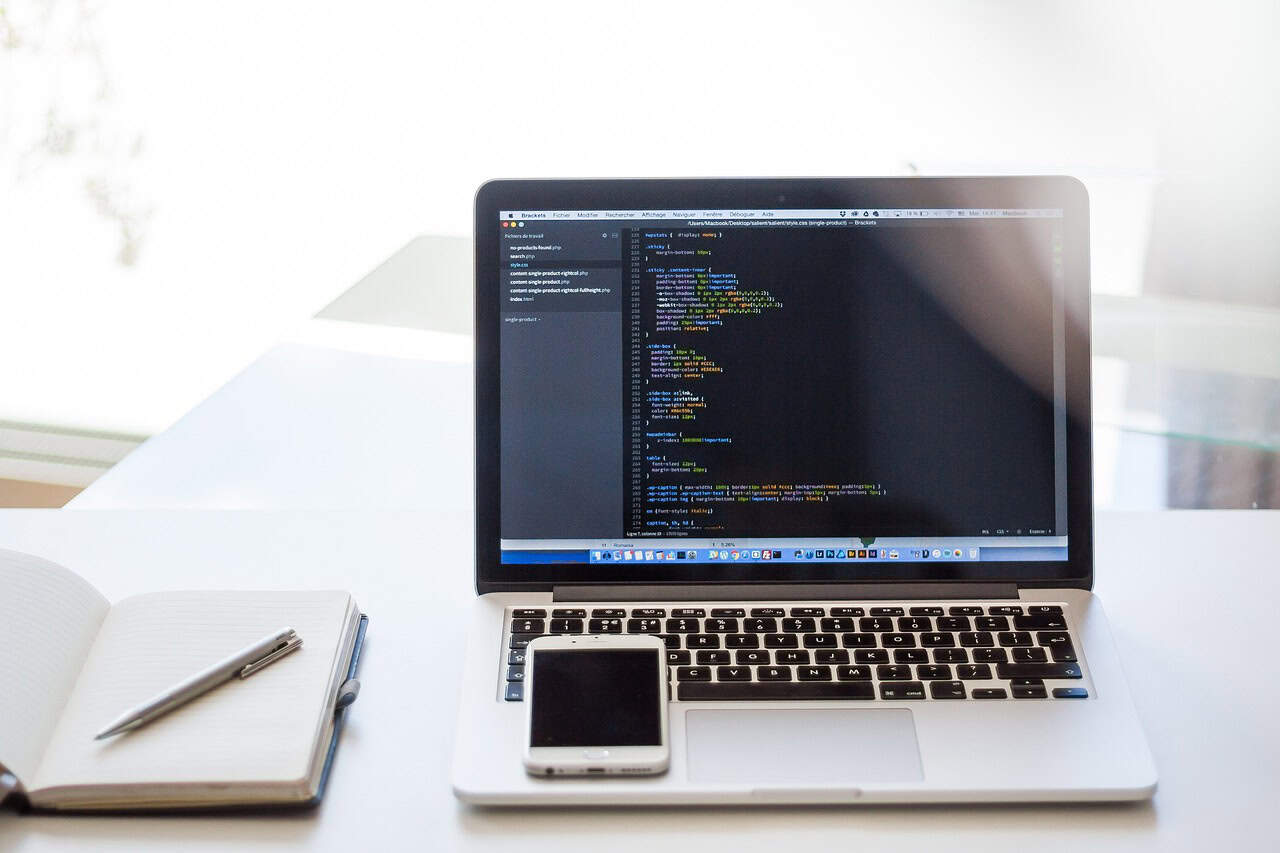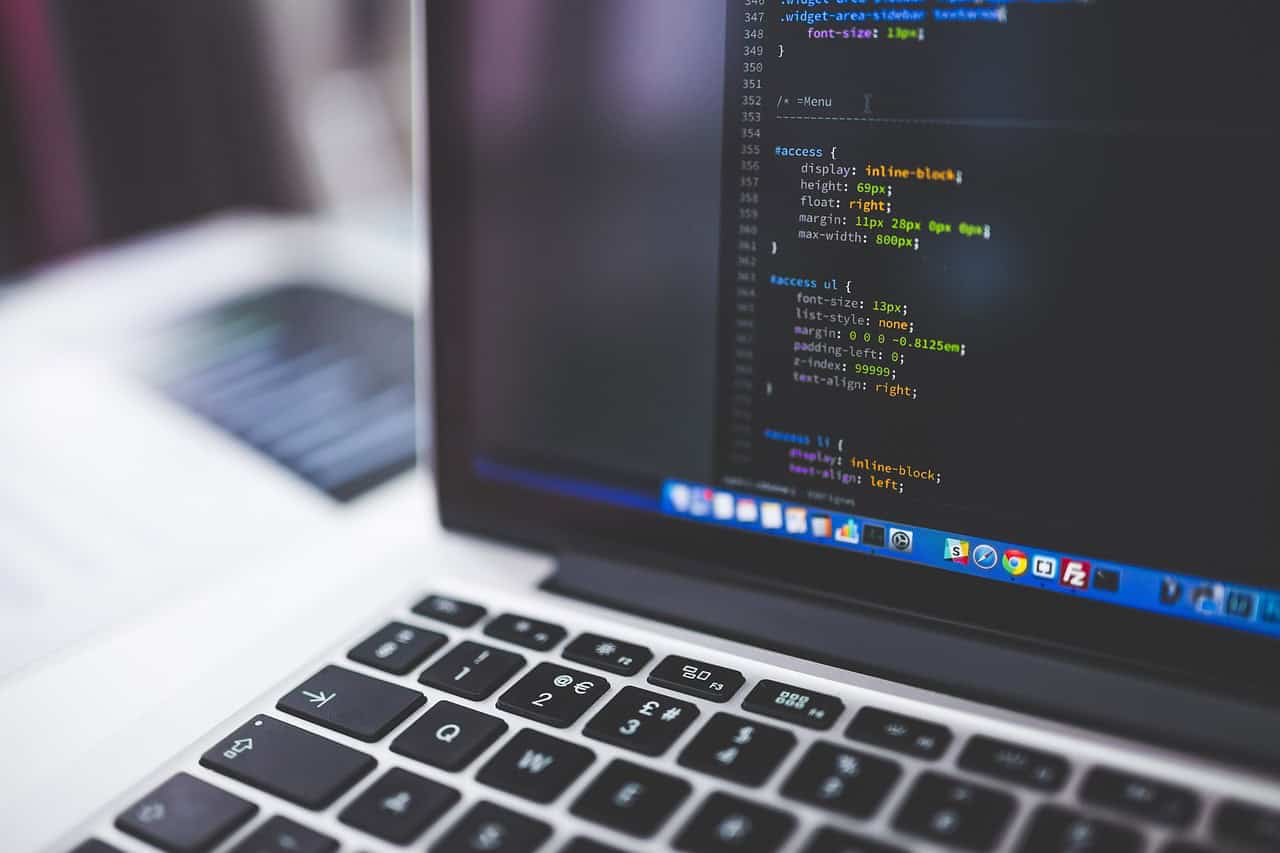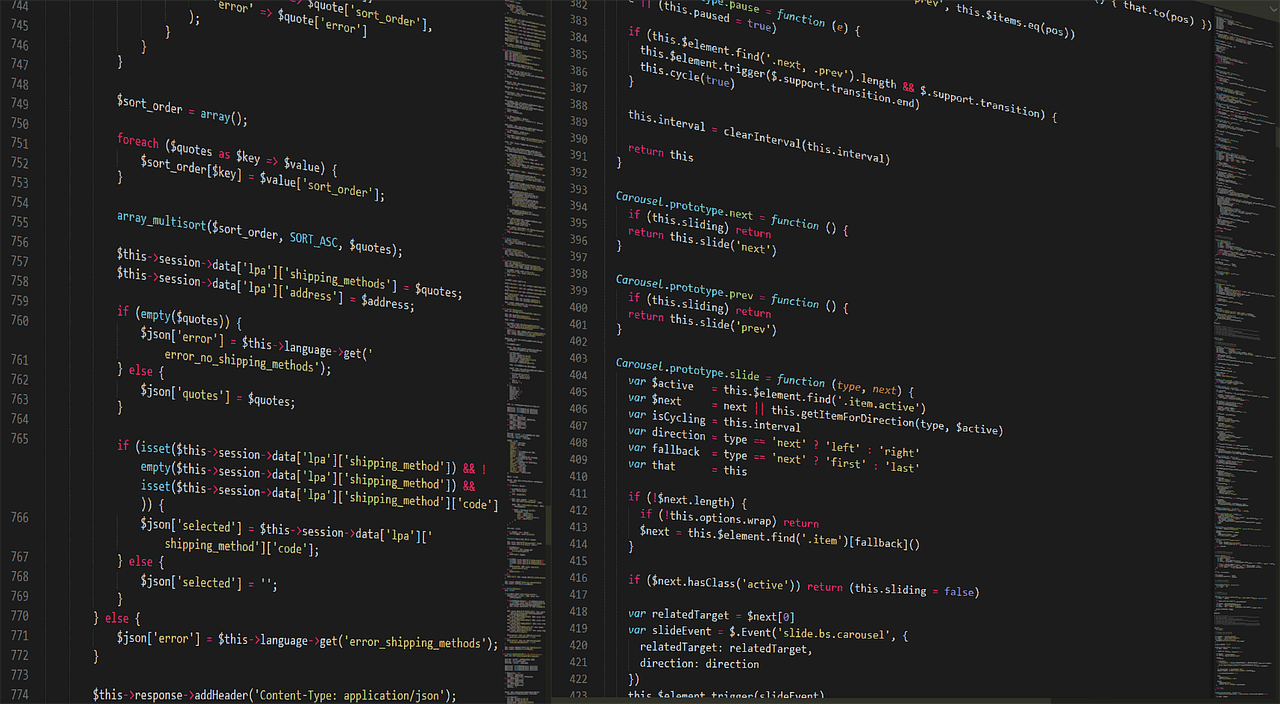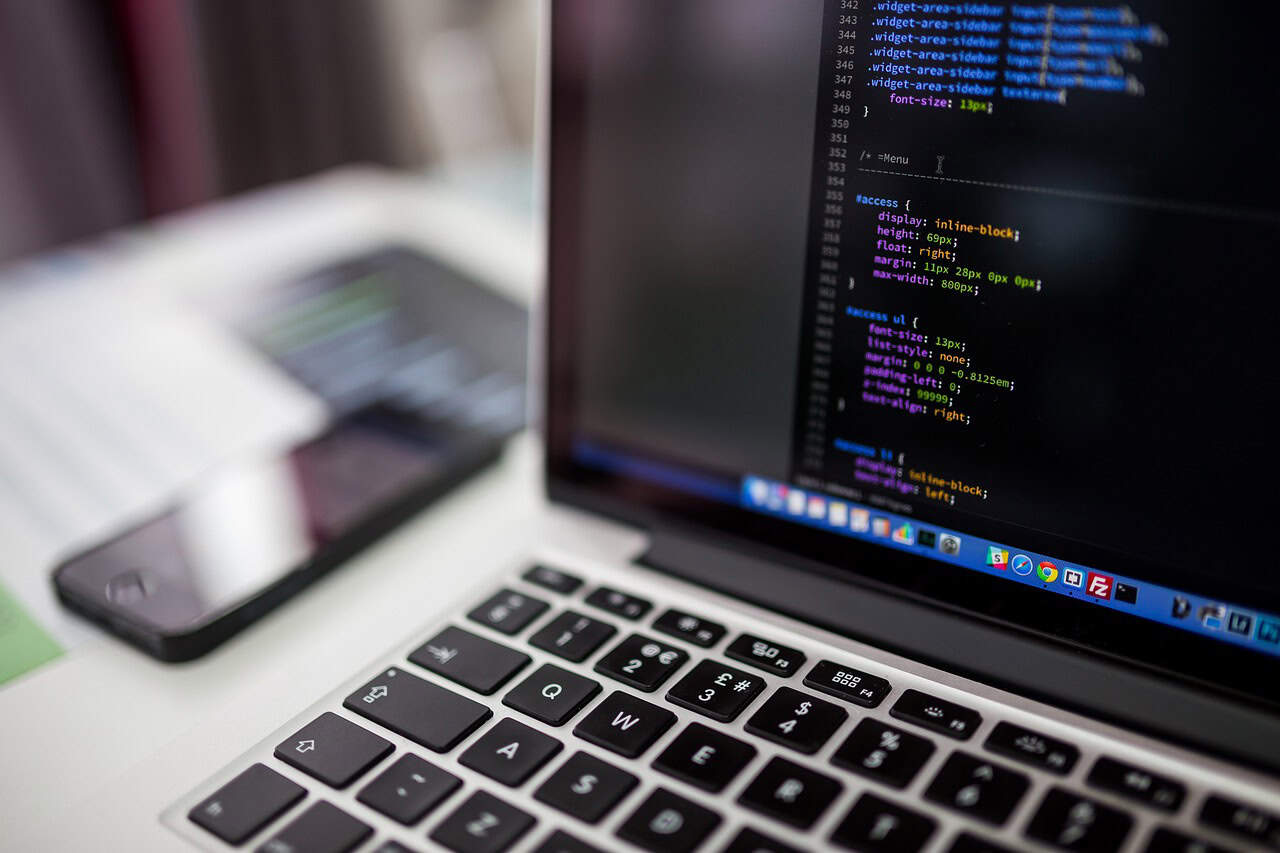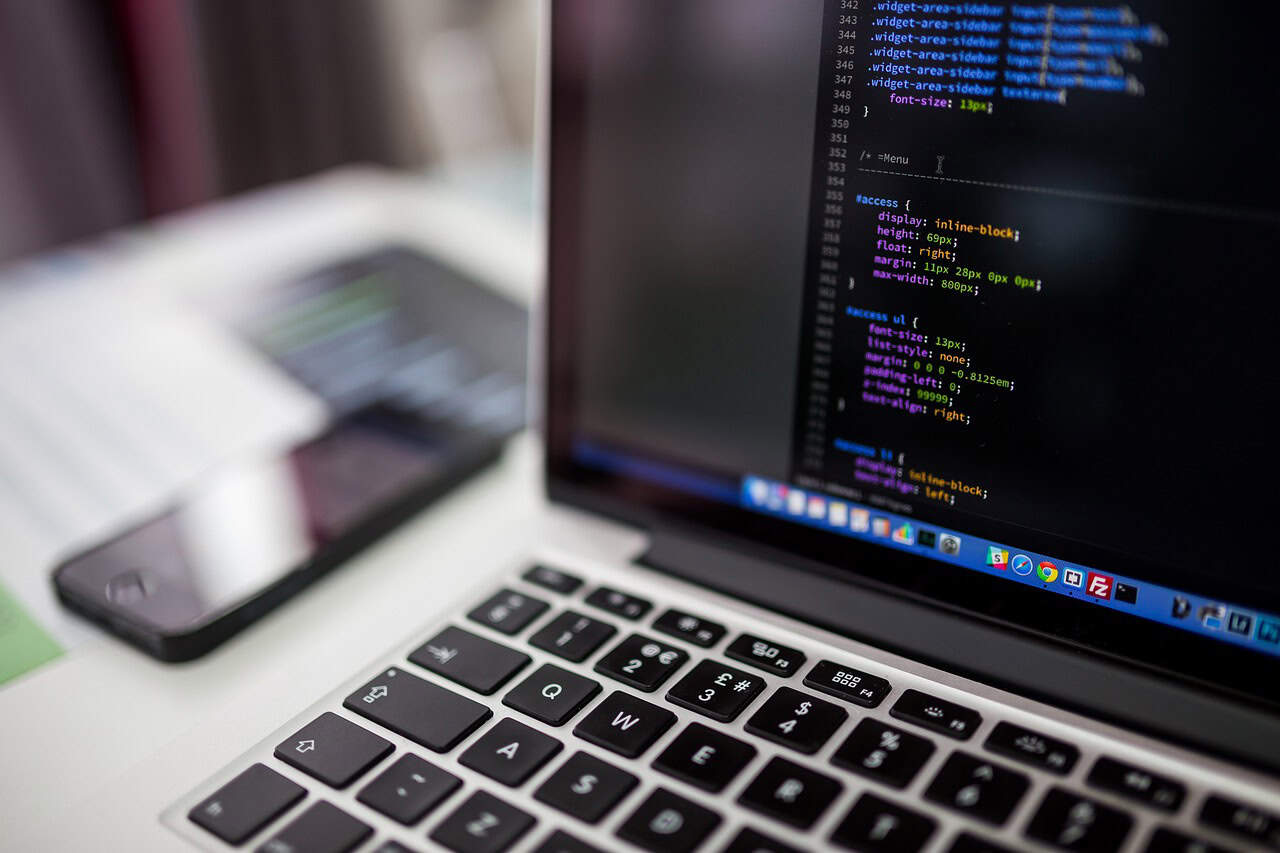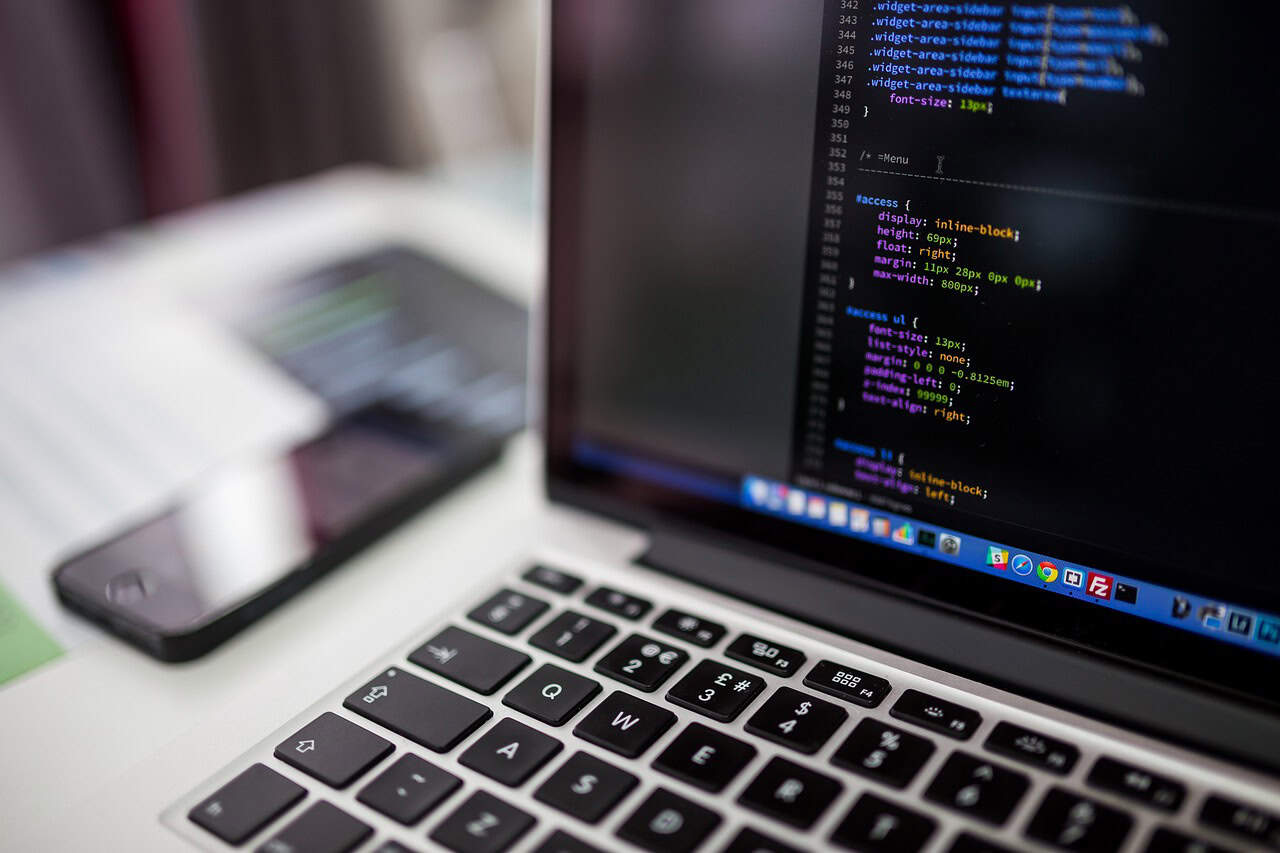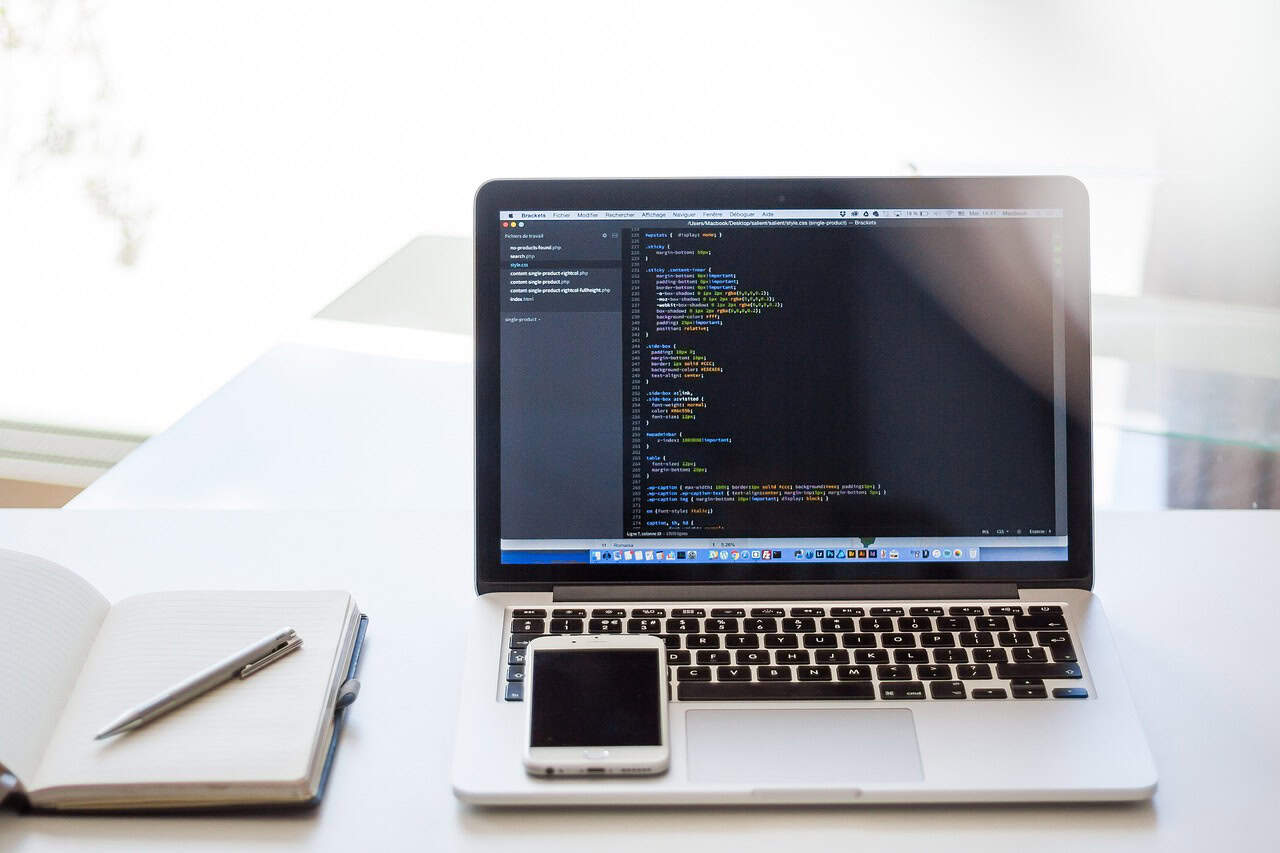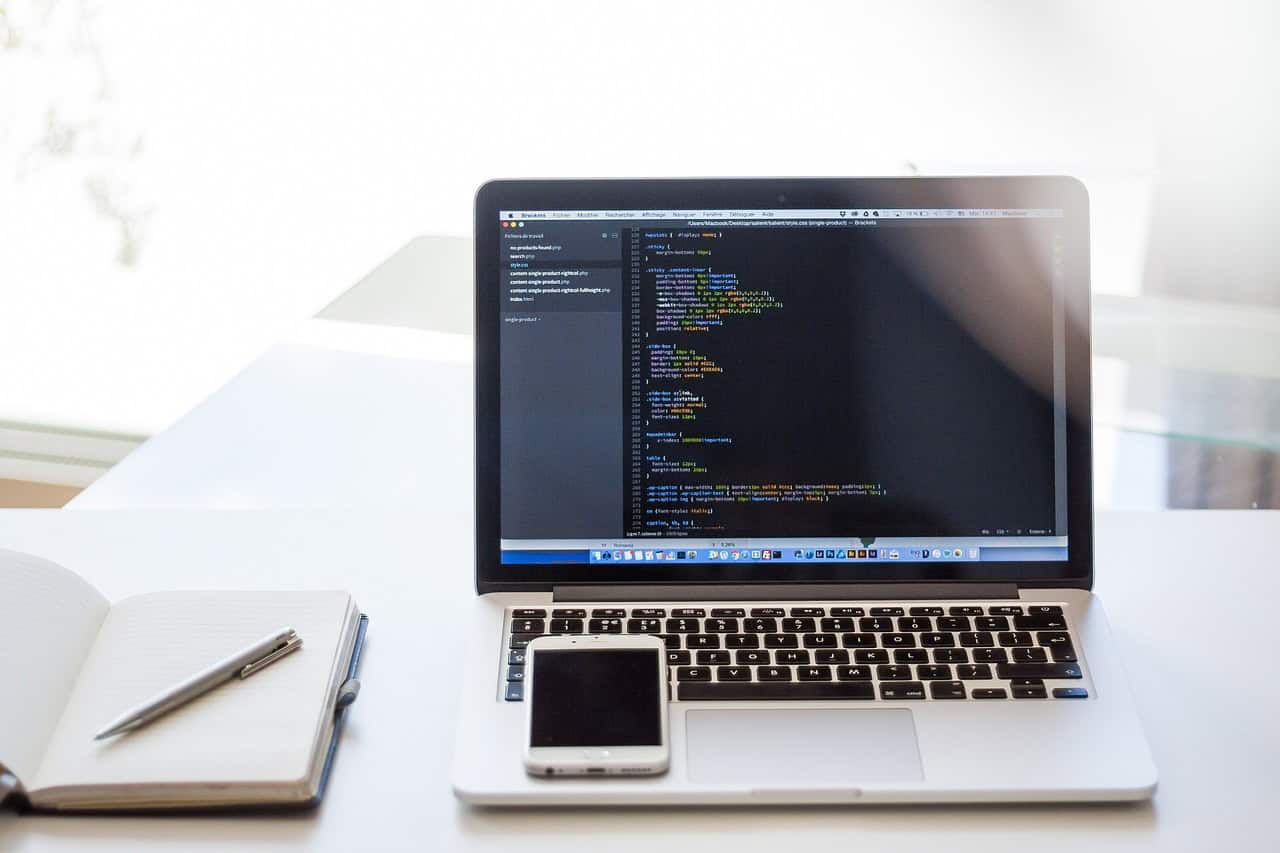Comprehensive Guide to Python Web Development Comprehensive Guide to Python Web Development Python web development has become increasingly popular due to its simplicity, readability, and powerful libraries. This guide is designed to help you navigate the landscape of Python web development, from frameworks to best practices. What is Python Web Development? Python web development refers…
Unlock Your Potential: The Ultimate Guide to Python Web Development for Beginners
A Comprehensive Guide to Python Web Development A Comprehensive Guide to Python Web Development Welcome to our in-depth guide on Python web development. Python has established itself as a leading programming language in the field of web development due to its simplicity, readability, and robust ecosystem of frameworks and libraries. In this article, we will…
Unlock Your Potential: The Ultimate Guide to Python Web Development for Beginners
Comprehensive Guide to Python Web Development Comprehensive Guide to Python Web Development Python has emerged as a versatile and popular choice for web development, offering a robust ecosystem of frameworks, libraries, and tools that simplify the development process and enable developers to create scalable and efficient web solutions. This guide covers everything you need to…
Unlock the Secrets of Python Web Development: Your Comprehensive Guide to Building Dynamic Applications!
Comprehensive Guide to Python Web Development Comprehensive Guide to Python Web Development Python web development has become a popular choice among developers due to its versatility and extensive ecosystem of frameworks. This comprehensive guide will help you understand the fundamentals of Python web development and how to leverage it for your projects. What is Python…
Unlock Your Potential: The Ultimate Guide to Python Web Development for Beginners
Comprehensive Guide to Python Web Development Comprehensive Guide to Python Web Development Python has emerged as a leading choice for web development due to its simplicity, readability, and extensive ecosystem of libraries and frameworks. In this guide, we will provide an in-depth look at Python web development, including the best practices, popular frameworks, and essential…
Unlock Your Coding Potential: A Comprehensive Guide to Python Web Development for Beginners
Comprehensive Guide to Python Web Development Comprehensive Guide to Python Web Development Python web development has become increasingly popular due to its versatile nature and community support. In this guide, we will dive deep into Python web development, covering essential frameworks, best practices, and the steps required to get started. What is Python Web Development?…
Start Your Journey: The Ultimate Guide to Python Web Development for Beginners
Comprehensive Guide to Python Web Development for Beginners Comprehensive Guide to Python Web Development for Beginners Python is a versatile and powerful programming language that has become a popular choice for web development. Its simplicity, readability, and extensive ecosystem of libraries and frameworks make it an ideal language for both beginners and experienced developers. In…
Unlock Your Potential: The Ultimate Guide to Python Web Development for Beginners
Comprehensive Guide to Python Web Development for Beginners Comprehensive Guide to Python Web Development for Beginners Python web development is a versatile and powerful approach to creating dynamic websites and applications. With its simplicity, readability, and robust ecosystem of frameworks, Python has gained immense popularity among developers. In this comprehensive guide, we will explore the…
Master Python Web Development: Your Ultimate Beginner’s Guide to Building Dynamic Websites
Comprehensive Guide to Python Web Development for Beginners Comprehensive Guide to Python Web Development for Beginners Python is a versatile and powerful programming language that has become a popular choice for web development. Its simplicity, readability, and vast ecosystem of libraries and frameworks make it an ideal language for building dynamic websites and web applications….
Unlock Your Future: The Ultimate Guide to Python Web Development for Beginners
Complete Guide to Python Web Development Comprehensive Guide to Python Web Development for Beginners Python is a versatile and powerful programming language that has become a popular choice for web development. Its simplicity, readability, and extensive ecosystem of libraries and frameworks make it an ideal language for building dynamic and scalable web applications. In this…
